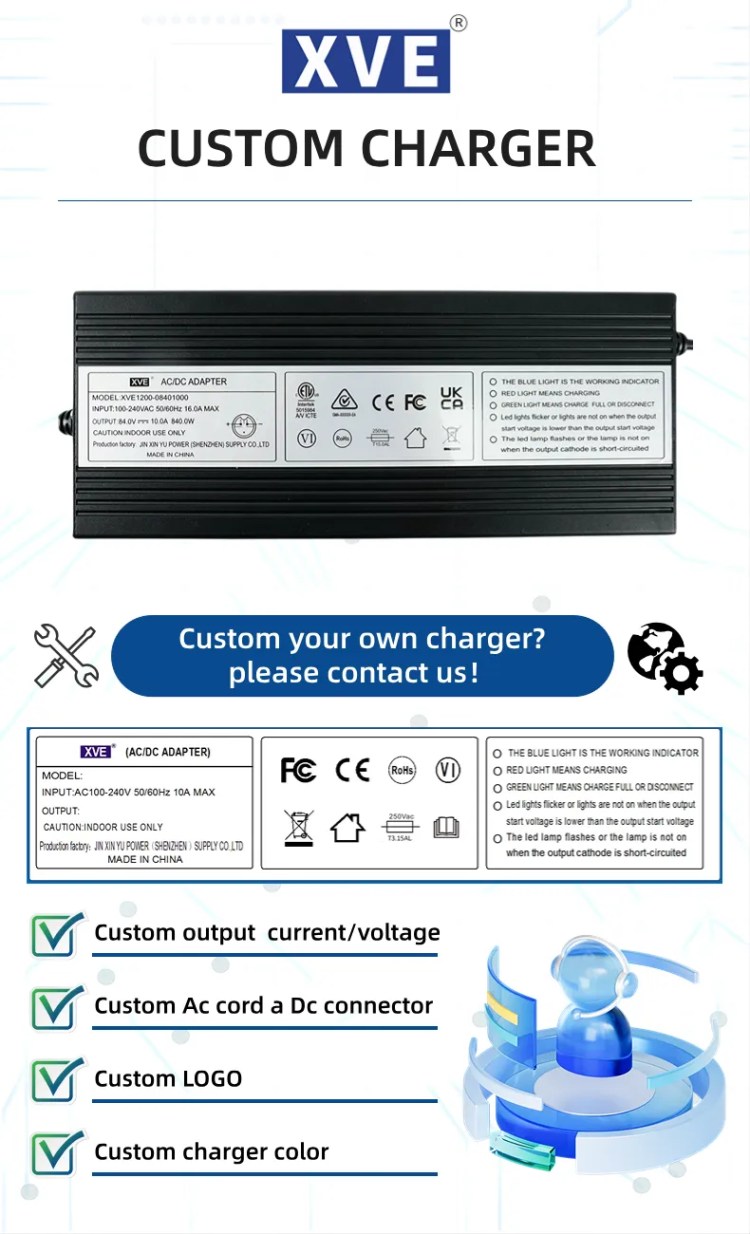# How to Choose a Lead-Acid Battery Charger
Lead-acid batteries, invented in 1859, are the first rechargeable batteries and remain widely used today. From powering emergency lighting to starting car engines, their reliability makes them a staple in various applications. However, choosing the right charger is crucial for optimal performance and longevity.
## Understanding Lead-Acid Battery Chargers

A lead-acid battery charger is designed to charge these batteries efficiently, typically fully charging small batteries in about 5 hours and larger ones in 12 hours. The charging process uses a method called **constant current constant voltage (CCCV)**, which involves three distinct phases:
1. **Constant Current Phase**: This phase delivers the bulk of the charge and takes the most time.
2. **Topping Charge**: The charger continues to add energy at a lower rate until the battery reaches saturation.
3. **Float Charge**: This compensates for any self-discharge, ensuring the battery remains at full capacity.
### Best Practices for Charging
To maximize battery life and efficiency, consider these best practices:
– **Charge in a dry, ventilated area**.
– **Avoid overcharging**: Don’t leave the battery on the charger longer than necessary.
– **Avoid undercharging**: Ensure the battery is fully charged before removing it.
– **Regularly check fluid levels** and add water as needed.

## Lead-Acid Battery Application Range
Lead-acid batteries are used in a wide variety of applications, including:
– **Automotive**: Starting, lighting, and ignition systems in cars, trucks, and motorcycles.
– **Emergency Lighting**: Powering backup lights and exit signs during power outages.
– **Sump Pumps**: Providing reliable power to prevent flooding during outages.
– **Uninterruptible Power Supplies (UPS)**: Ensuring critical systems remain powered during electrical interruptions.
– **Electric Bicycles and Scooters**: Offering a lightweight, efficient power source for personal transportation.
– **Power Tools**: Supplying energy for garden tools, drills, and other equipment.
– **Solar Energy Storage**: Storing energy generated by solar panels for later use.
– **Recreational Vehicles**: Powering systems in boats, RVs, and campers.

## Finding the Right Charger
When selecting a charger, keep these factors in mind:
1. **Compatibility**: Ensure the charger is suitable for your specific lead-acid battery type. Many chargers are versatile, but it’s best to verify.
2. **Voltage and Capacity**: Match the charger’s voltage with your battery’s specifications. The charger should provide enough power to fully charge your battery.
3. **Usage Requirements**: Consider how quickly you need the battery charged. If you rely on it daily, opt for a charger that offers faster charging capabilities.
### Quality Matters
Investing in a high-quality charger is essential. While low-cost options may seem appealing, they can lead to poor performance and shorter battery life. A good charger keeps your battery in optimal condition, extending its lifespan.
## Explore XVE’s Lead-Acid Battery Chargers
At **XVE**, we offer a range of lead-acid battery chargers designed for various applications, including automotive and new energy transportation. Our chargers feature **float mode** technology, which maintains optimal voltage without overcharging.
Browse our selection to find the right charger for your needs. If you have any questions or need assistance, our team is here to help you choose the perfect lead-acid battery charger.
—
For more information about our products or to discuss your specific requirements, feel free to contact us. We’re dedicated to providing quality solutions for all your battery charging needs!

